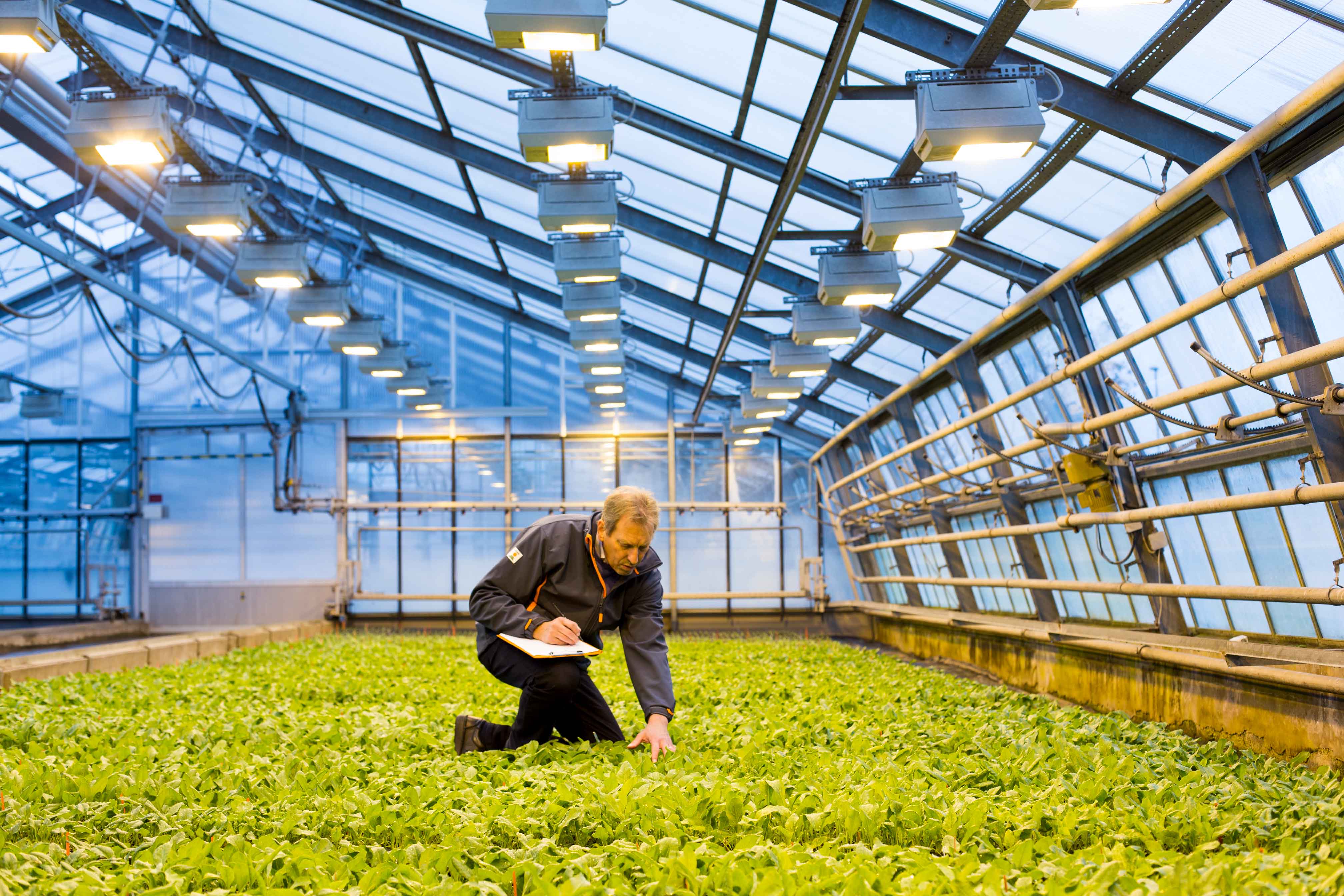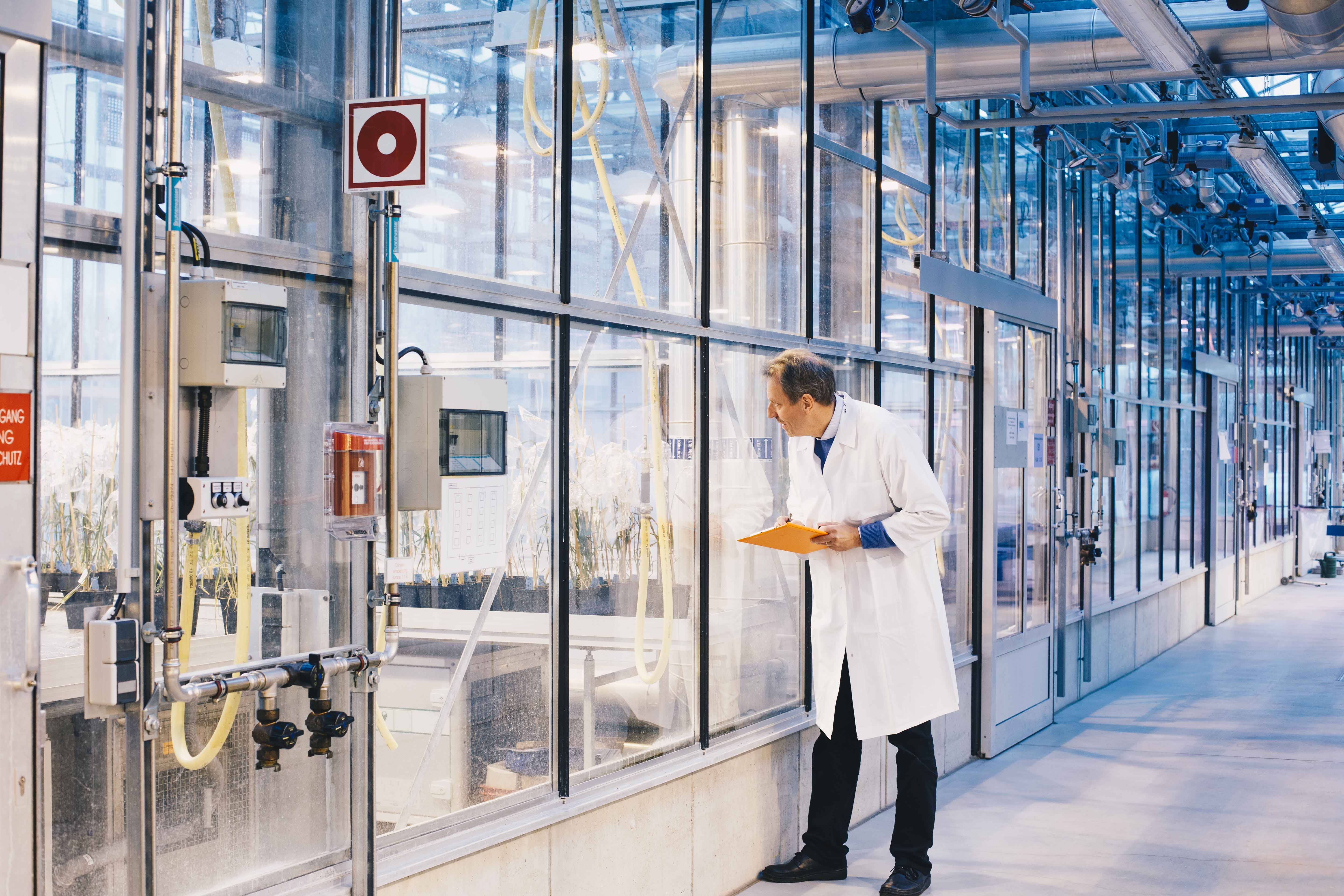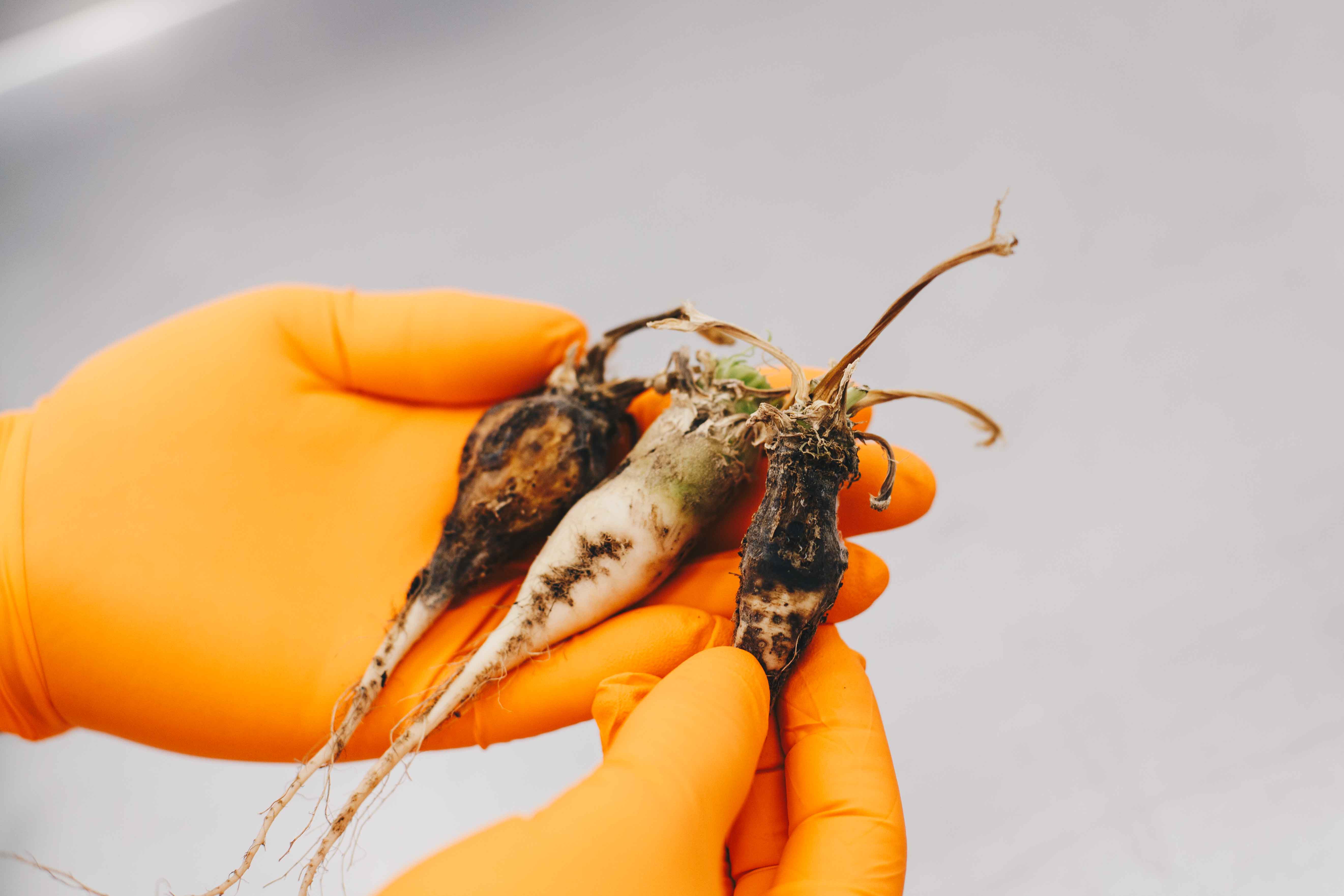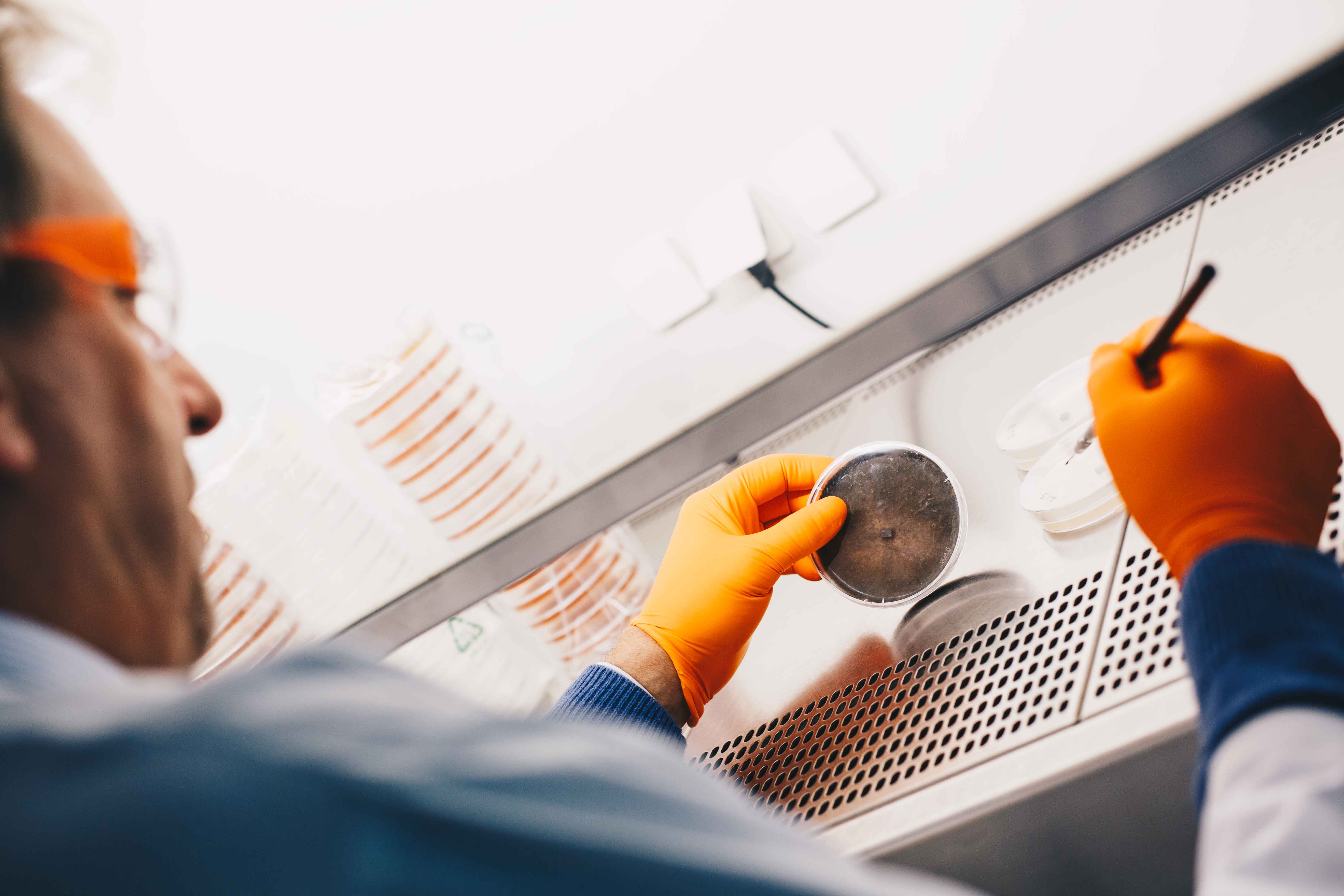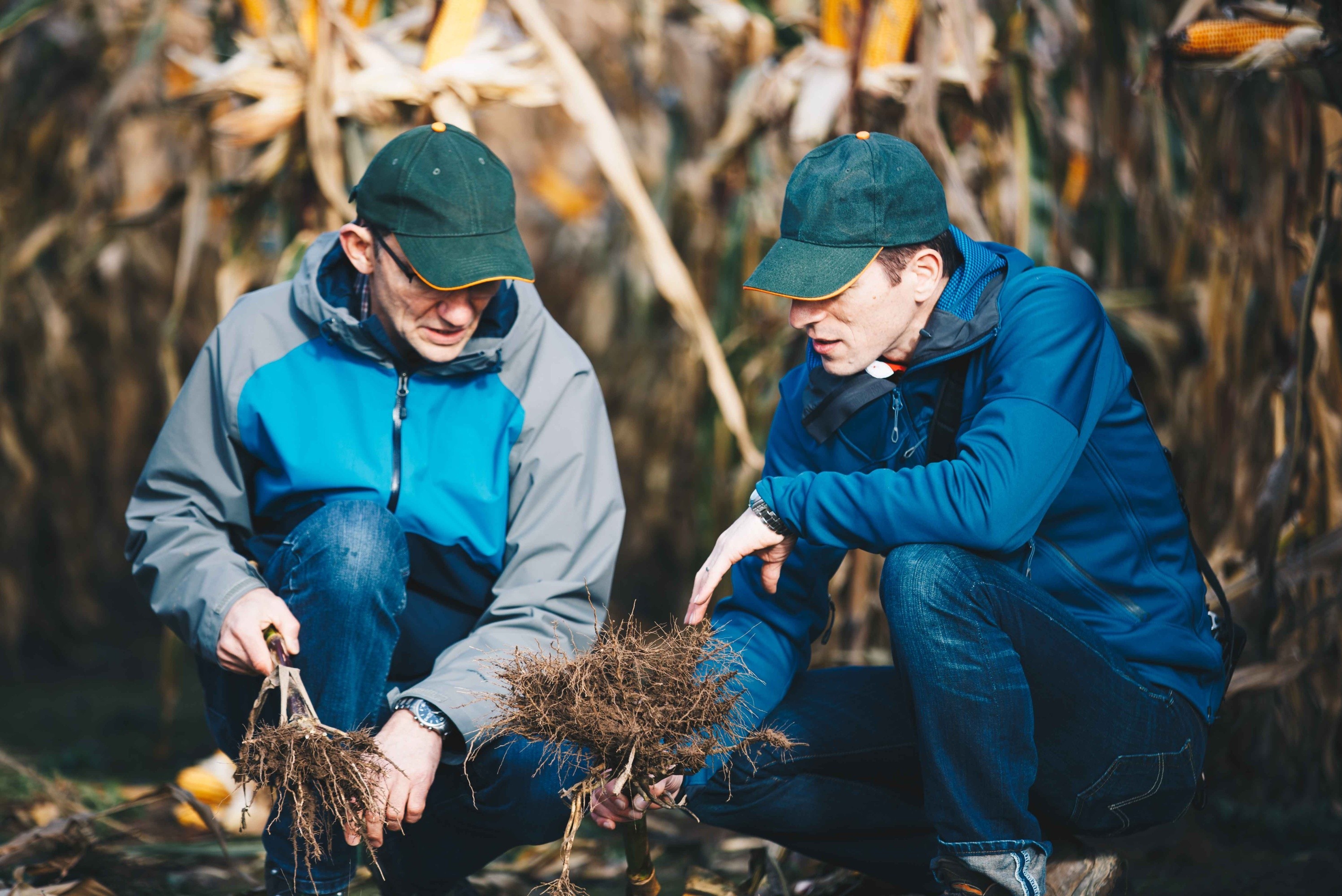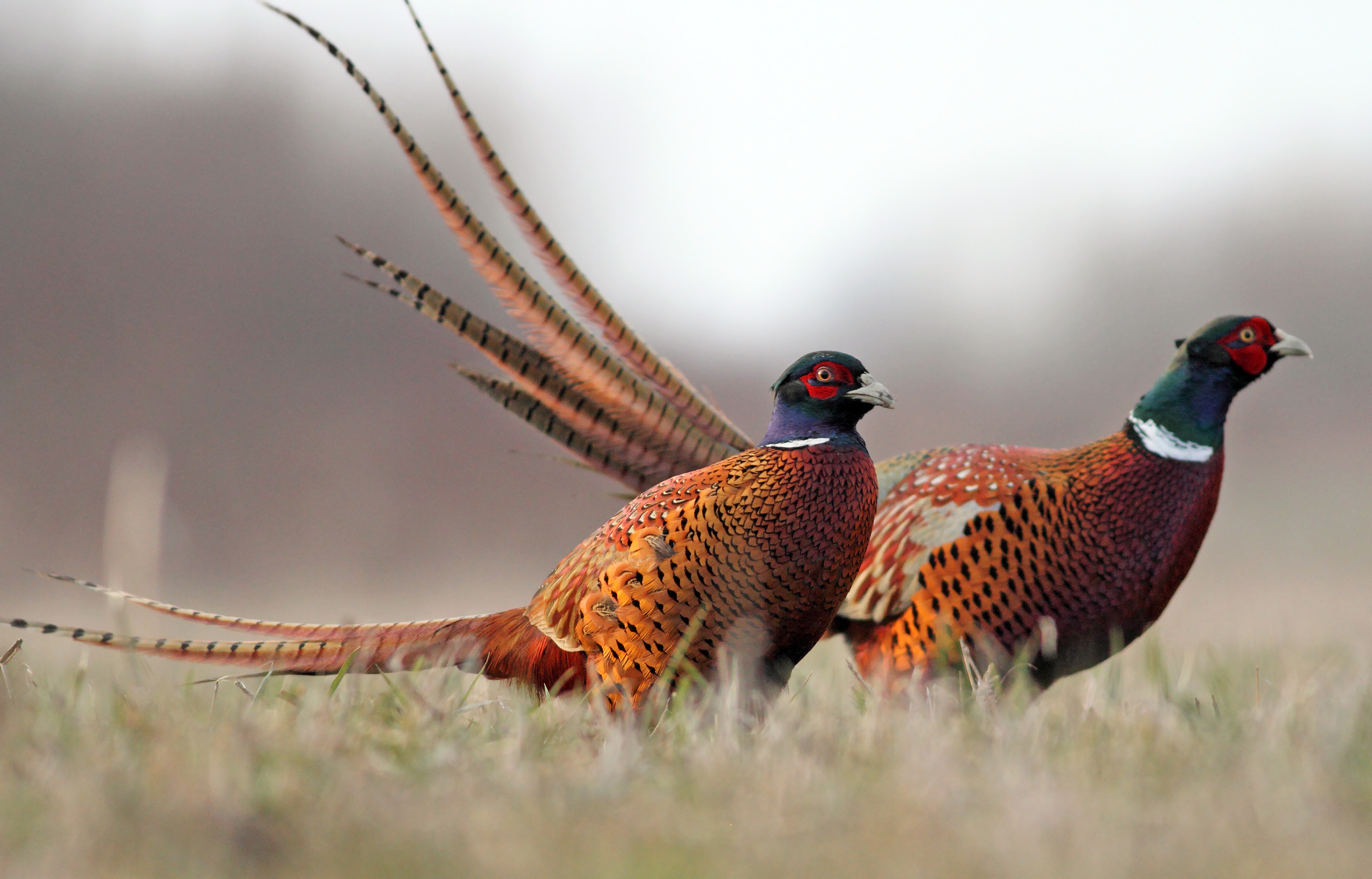How important is climate change in your work?
Very important! Climatologists expect more mild, wet winters and warm, dry summers. For people that may sound pleasant at first. For plants, it means the occurrence and spread of increased harmful organisms from southern regions. We need to react to this now: Depending on the type of crop, breeding new varieties can take between ten and twelve years. Apart from anticipated higher disease pressure, resistance to drought is also important. Plant breeding therefore requires long-term planning; this also applies to research at KWS. We spend about 17 percent of our revenue on research.
Sustainable development is becoming increasingly important. What contribution does your work make?
Legislators have set integrated plant protection as an important objective. In short this means: Farmers need to further reduce plant protection chemicals. A common phrase is “As little as possible, as much as necessary”. This is where progress in resistance breeding can make an important contribution: Plants with more resistance require less plant protection chemicals. Additionally, biological plant protection and arable and crop-friendly methods should be able to contribute to sustainable management practices of agricultural land.
If that works so well: Why are chemical treatments used at all?
If we agree on the goal of achieving the highest possible yield per acre to supply a growing world population, then this is currently only possible with the best possible combination of plant breeding and plant protection. Plants need to be protected by seed treatments in the early stages of their development, because natural resistance is insufficient at this early stage of growth, or because resistance characteristics only emerge at a later stage of plant development.
What contribution does plant breeding make to nutrition?
The world population is expected to grow to an estimated 9.7 billion people by 2050. At the same time, agricultural and arable land is limited. So yield on the same available land needs to increase. Plant breeding is already helping reduce disease and pest losses, and increase crop yields by about 1.5 percent per year. Resistance breeding will play an even greater role in the future: It is currently becoming apparent that many chemical treatments will no longer be approved in the next few years. As a result, fewer plant protection products will be available. Plant breeding can make an important contribution here.
Pathogens are resistant to some pesticides. Can resistance against plant breeding also occur? Do you have to keep breeding new varieties over and over again?
Harmful organisms repeatedly break through any resistance. In many cases, it is only a matter of time. If resistance is controlled by only one gene in the plants, it can be overcome very quickly, i.e. in a few years. If two, three, or even more resistance genes are involved in one variety, it is assumed that resistance will last much longer.
When did human beings start resistance breeding?
The start of seed breeding dates back about 12,000 years. At that time, seeds of the most productive and healthiest plants were selected and sown again the following year. Yield and resistance improved slowly. We use the term “selective breeding” today. By further crosses with wild cereals, our cereals finally emerged. Seen in this way, resistance breeding in cereals is very old. But breeding alone is insufficient. Our daily bread is a product of resistance breeding, agronomic progress and plant protection chemicals. This is true not only for wheat and rye, but also for many other crops.

